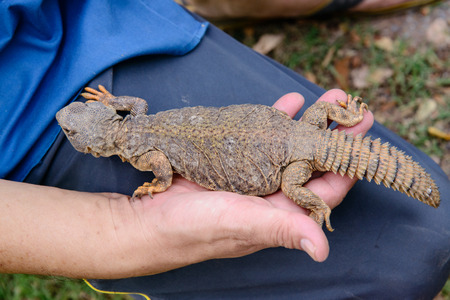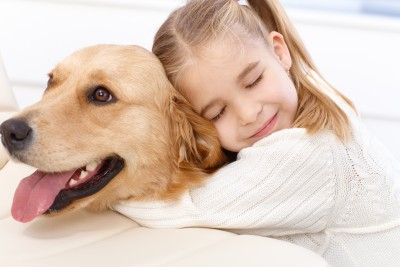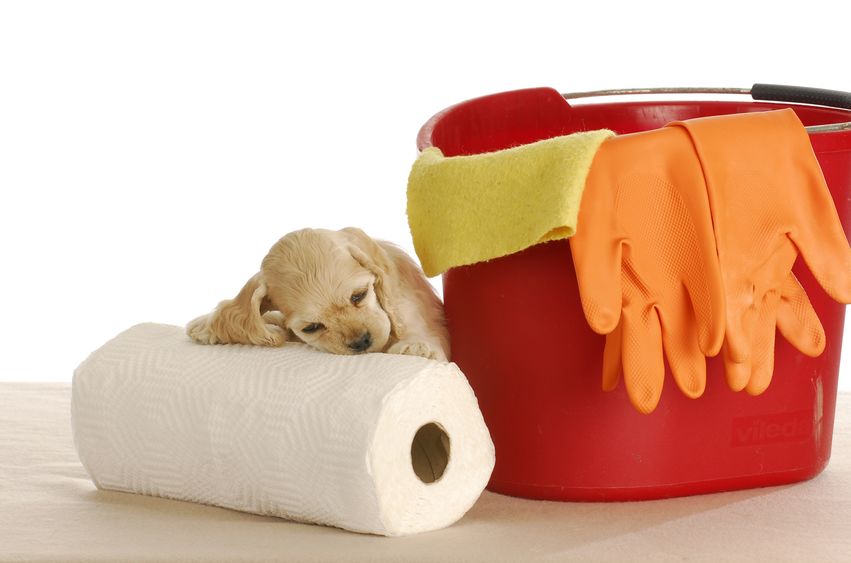How To Prevent Zoonotic Diseases
How to prevent zoonotic diseases? No messing around here, it's essential to keep your pets clean. Surely, cleanliness keeps odors away - but it also helps keep germs at bay.
Pets truly are part of the family, and any diseases your pet has or parasites he brings home come be transmitted right to you and your family.
One often-ignored aspect of owning a pet is that it can transmit parasites such as fleas and ticks and diseases to your child and family. These diseases are called zoonotic diseases.
There are hundreds of different zoonotic (animal spread) illnesses that have been around for centuries. But that doesn't mean you're destined to get one from your pet.
How to Prevent Zoonotic Diseases
Generally you should bathe your dog once a week in warm water with a gentle dog or baby shampoo. Cats are more tricky, but if they go outdoors they should be washed once a month.
Be sure to use a shampoo specially made for cats because cats lick themselves so much they'll get some of the shampoo in their systems. If your cat spends all her time indoors, you probably only need to bathe her once or twice a year.
Remember your mom always screeching, "Wash your hands!" after you petted a stray dog or cat? Well, she was right. But it's not just the strays you have to worry about.
All pets can potentially transmit diseases if you don't take the proper precautions. It is not uncommon for pets to have parasites, especially young puppies and kittens.
Proper hygiene, with thorough hand-washing being the most important, prevents many diseases from being transmitted to people.
How to Prevent Zoonotic Diseases and Who Is At Risk
The only people who might be seriously affected are pregnant women, people with weakened immune systems, and children under age five.
Little children are most at risk not just because of their size, but because they have fewer antibodies. And they are most likely to kiss animals, eat their food, or (ick) touch their droppings.
And then they are also the most likely to put their hands in their mouths, or suck their thumbs.
Bacteria and other zoonotic contaminants can come from multiples sources. Salmonella has been known to be carried by amphibians, reptiles, and rodents.
However, salmonella can also be contracted from handling eggs, poultry, beef, milk, and vegetables.
Biting pets like fleas and ticks can transmit diseases to people. Applying year-end flea/tick topical treatments to dogs and cats can greatly reduce flea and tick populations, which decreases the likelihood of infestations or illness.
To make sure that no one gets sick, here is how to prevent zoonotic diseases - the 10 most common:
1. Campylobacter (Campylobacteriosis)
Campylobacter is a zoonotic disease found worldwide in the intestinal tracts of animals. In people, it causes gastrointestinal symptoms such as diarrhea, cramping, abdominal pain, and fever.
Young animals, such as puppies and kittens, sometimes carry this bacteria in their stools. It can spread to family members who come into contact with contaminated feces. (This is why we have pooper scoopers and bags.)
To prevent transmission, clean up pet stools carefully - with pooper scoopers and bags - and wear protective gloves while cleaning the cat's litter box. Never touch animal feces with bare hands.
2. Cat Scratch Fever:
Cat scratches and bites spread this bacterial disease. It can cause fever, swollen lymph nodes, loss of appetite, and general weakness. Kittens are more likely to carry it.
To prevent this zoonotic disease, wash scratches or bites with soap and water.
3. Mycobacterium:
This is a bacteria found in fish and aquarium water. Exposure can result in swollen lymph glands in kids or more severe illnesses for the immune-compromised.
To prevent transmission of this zoonotic disease, make sure you and the kids wear gloves and wash your hands thoroughly after cleaning the fish tank.
4. Ringworm:
Despite its name – Ringworm is not a worm at all. This is a fungal infection caught from furry critters. It is a zoonotic disease transmitted from direct contact with an infected animal's skin or hair.
Dogs and cats, especially kittens or puppies, can have ringworm and pass it to people. Diligent hand-washing will pay off here.
Regularly disinfect your home's surfaces, and make sure kids wash their hands after animal contact to prevent zoonotic diseases from grabbing a toehold.
5. Round Worms:
These worms are found in infected cat and dog feces. In humans, they can cause fever, cough, loss of appetite, and congestion. Never touch an animal's feces with bare hands. Period.
6. Salmonellosis:
 How to prevent zoonotic diseases like Salmonellosis, ensure kids wash hands after handling reptiles.
How to prevent zoonotic diseases like Salmonellosis, ensure kids wash hands after handling reptiles.This bacteria passed through animal feces can cause diarrhea, fever, and vomiting.
You can also contact it by petting reptiles, snakes, and turtles - even horses. Baby chicks and ducklings may also be infected.
Never let kids under age five pet baby chicks and ducks. Wash hands thoroughly after handling pets or pet tanks and aquariums.
7. Toxoplasmosis:
This is caused by a parasite found in animal feces. In most cases, you feel like you have the flu, but it can be severe for immune-compromised people, pregnant women, and small children.
You can get this handling cat feces, but also from eating raw meat or even gardening.
It's easy to prevent by simply washing your hands after changing cat litter. Don't let your cat eat raw meat, and keep him inside so he doesn't eat small animals.
8. Cryptosporidium:
This is a bacterial disease carried in the feces of horses, cats, and dogs. In humans, it can cause diarrhea, nausea, and vomiting. Wash hands after handling animals. Take animals with diarrhea to the vet.
9. Leptospirosis:
This is a bacterium in dog and cat urine that can cause flu-like symptoms or more serious illnesses. Wash your hands after handling pets and prevent pets from drinking contaminated water.
10. Scabies:
This is a skin disease caused by itch mites that burrow under the skin. Take scratchy, uncomfortable pets to the vet before these mites find a human home.
- Clean Home
- Family Pets
- How to Prevent Zoonotic Diseases















